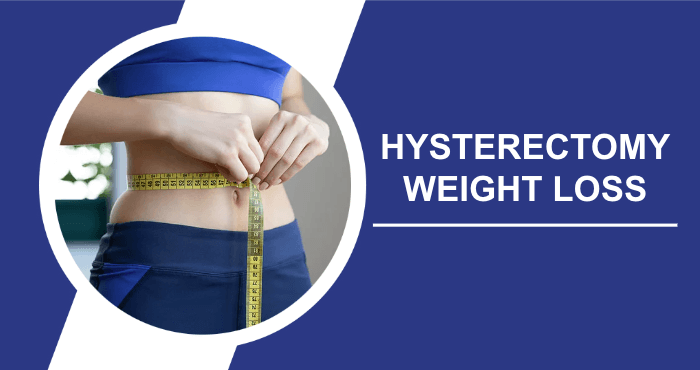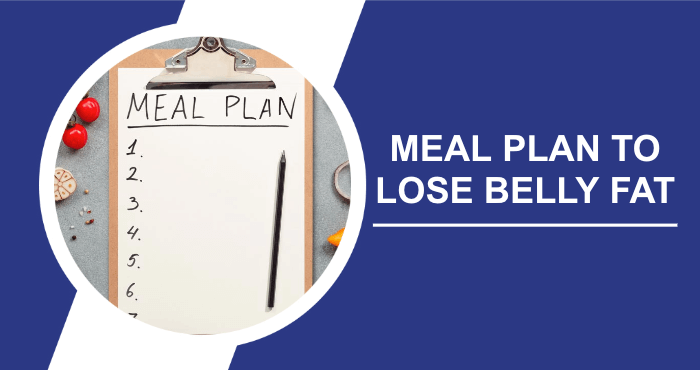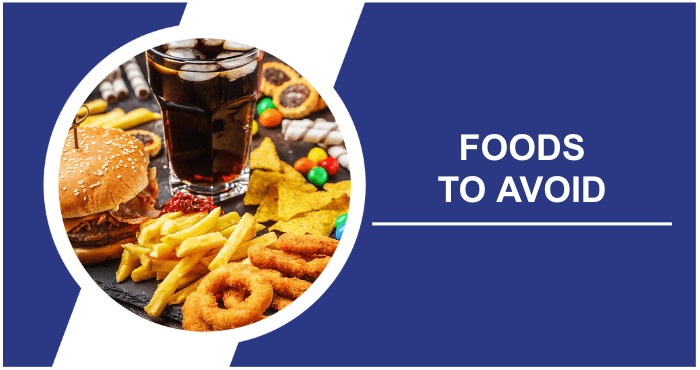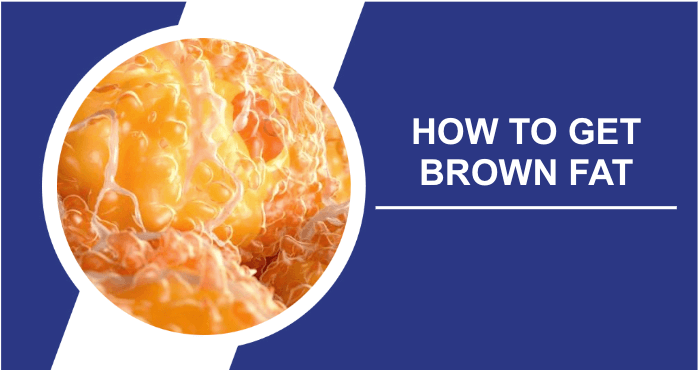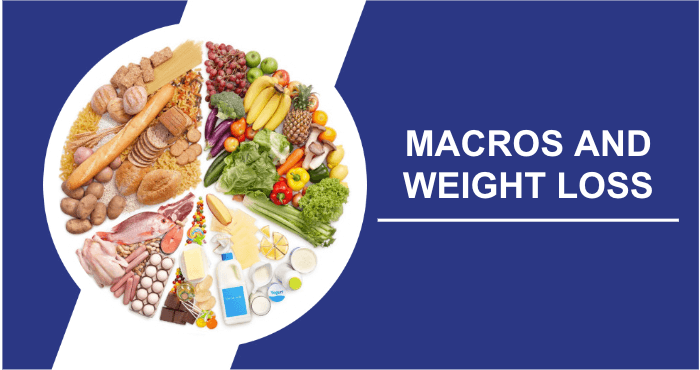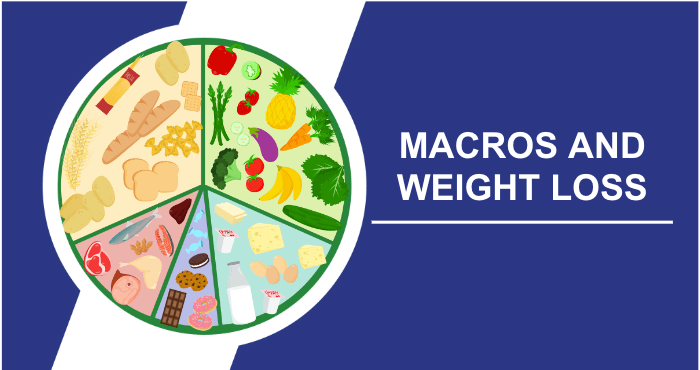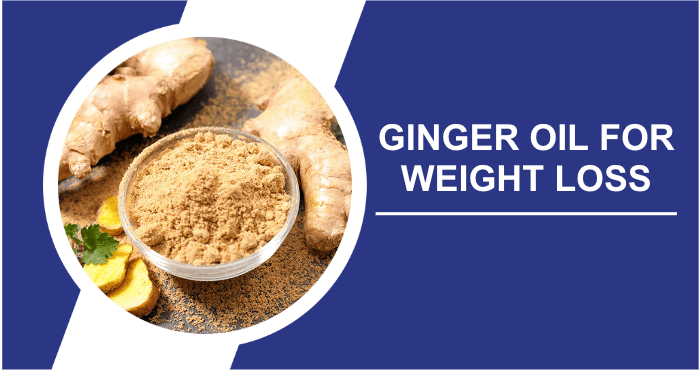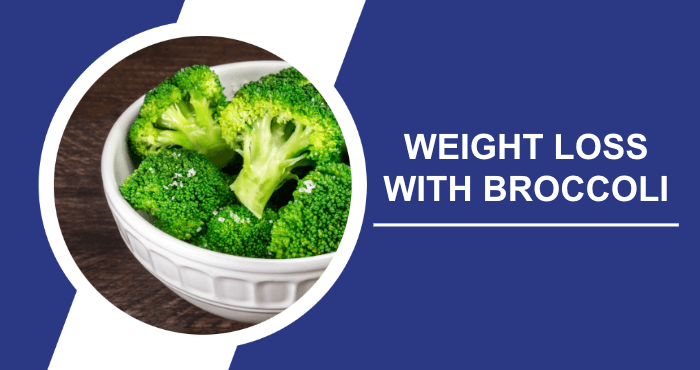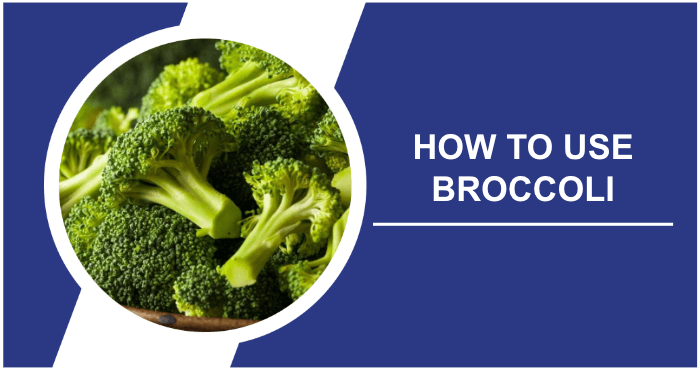Obesity impacts individuals across all age groups from kids to adults and its increasing prevalence calls for awareness and understanding of its consequences. So what can we do to prevent obesity?
Obesity is a condition characterized by excess body fat and being overweight. If left untreated it can become an issue that lasts a lifetime. Carrying weight significantly raises the risk of various negative health outcomes, such as:
- Difficulties with mobility
- Discomfort in joints and the spine
- High blood pressure
- Breathing problems
- Impairment in body functions
- Diabetes
- Issues with reproduction
- Cardiovascular complications
- Problems with kidneys and liver
- The formation of gall(bladder) stones
- Various types of cancer
Thankfully obesity is preventable. Taking preventive measures is often easier than trying to reverse weight gain. This article will explain what obesity entails highlight the importance of prevention and delve into its effects on the body. Additionally we’ll explore strategies for preventing obesity that are applicable, to people of all ages.
Five Effective Approaches To Prevent Obesity
Effective concepts are:
- Managing stress
- Engaging in physical activity
- Leveraging community support systems and environmental factors
- Ensuring an amount of sleep each night
- Making choices when it comes to food and beverages
What Is Considered Obesity?
Obesity is more than a number on a scale. It’s a health condition that goes beyond calorie intake and expenditure. When someone has obesity their body stores excess fat, which can lead to health issues. But it’s not just about the definition, obesity also has personal and societal implications.
It affects how people feel about themselves their mental well being and how they interact with others. We need to show empathy and understanding because each persons journey with obesity is unique and influenced by genetics, environment and lifestyle choices. To address obesity effectively we must take an approach that includes compassion, education and support, for individuals looking for healthier paths to well being.
Who Is Particularly Affected By Obesity?
Children especially are deeply impacted by the issue of obesity. It’s truly heartbreaking to think that in todays world many young lives are affected by this health challenge. Childhood obesity not poses a threat to physical well being but also has a negative impact on self esteem and emotional health. These children may face teasing and discrimination encountering obstacles that no child should have to endure.
The consequences can extend into adulthood increasing the risk of diseases. Addressing childhood obesity is not merely a matter of health; it is our responsibility as a society to safeguard the happiness and potential of future generations. This necessitates creating nurturing environments that promote balanced lifestyles while instilling confidence, in every child.
How To Prevent Obesity

If you’re currently struggling with gaining weight the suggestions below can be equally helpful on your journey towards weight loss. Setting achievable goals is crucial for success. Moreover the methods we will discuss in this article are applicable to individuals of all age groups ranging from childhood to adulthood. These tips for preventing obesity and managing a healthy weight are relevant and beneficial regardless of age.
The path to preventing obesity can start early, as infancy. For instance scientific studies have shown that infants who are exclusively breastfed for least six months have a significantly reduced risk of developing childhood obesity. Now lets delve into the details of obesity prevention by focusing on five approaches to maintaining a healthy weight.
Managing Stress
Dealing with stress and having an overly active sympathetic nervous system can have a significant impact on both the quantity and quality of the food you consume. When confronted with stress people often tend to turn towards comfort foods. While some of these food choices can be healthy in moderation stress usually leads to overeating and consuming calories than your body needs.
It’s crucial to develop strategies for coping with stress build resilience to handle challenging situations and find healthy ways to process any traumatic experiences that life throws at you. By doing you can reduce the risk of unhealthy overeating and physical inactivity. Seeking support, from a counselor joining a support group or confiding in trusted friends can all aid in managing stress and avoiding eating habits that contribute to weight gain.
Getting Physical Activity
To effectively manage your weight through exercise it is recommended to engage in at least 150 minutes of moderate to vigorous intensity physical activity per week. However finding the time and motivation to incorporate physical activity into your routine can be a challenge for many individuals. Nevertheless it plays a role, in preventing obesity.
Weight gain occurs when the number of calories you consume exceeds the number of calories you burn. Making use of the 24 hours in a day and planning physical activities as part of your daily routine can greatly contribute to achieving your weight related goals. Additionally reducing time and integrating desk exercises during work hours can help maintain an active metabolism.
Children should aim for least 60 minutes of daily physical activity while adults are recommended by the American College of Sports Medicine to engage in either 30 minutes of moderate intensity aerobic activity five days a week or 20 minutes of vigorous activity three days a week.
Community And Environmental Support
Promoting a lifestyle relies on having accessible and affordable resources that individuals can readily access. This support is crucial in empowering people to prevent obesity. To effectively combat obesity it is important for individuals to have access to food options opportunities for physical activity and tools to manage stress effectively.
Education also plays a role in equipping individuals with the knowledge needed to prepare healthy meals understand appropriate portion sizes and accurately interpret food nutrition labels. Utilizing resources can greatly contribute to maintaining a healthy weight.
Community support programs for instance have been shown to enhance well being by encouraging physical activity raising awareness, about mental health and promoting healthier food choices.
Getting Enough Quality Sleep
Making sure you get sleep is really important when it comes to preventing obesity. Sleep plays a role in the bodys healing and recovery processes and it also has a big impact on our hormones. Not getting sleep can actually make us crave more food and lead to weight gain.
For people who have trouble sleeping or those who work night shifts it can be more challenging to prevent weight gain due to lack of sleep. One way to reduce the risk is by trying to align your sleep patterns closely as possible with your bodys natural circadian rhythm.
- Make sure your bedroom temperature is comfortable
- Engage in relaxing activities before bedtime, like taking a warm bath writing in a journal or reading which can help clear your mind
- Figure out how sleep you personally need and try to stick to a consistent sleep schedule
- If you’re still having trouble sleeping it might be helpful to talk to your healthcare provider so they can address any underlying issues and explore solutions
Healthy Food and Beverage Choices
Making healthy choices when it comes to the food and beverages we consume is crucial for our health. By opting for options we can avoid excessive calories, harmful chemicals and ingredients that can slow down our metabolism, which are often found in unhealthy nutrient deficient choices like junk food.
It’s never too late to start prioritizing eating habits even if you haven’t focused on it before. Transitioning to an eating lifestyle may take time and commitment. Here are some simple ways to incorporate food and drink choices into your daily routine:
- Learn how to manage your budget for groceries get involved in meal preparation and stick to an monthly meal plan consistently.
- Be intentional about keeping your home stocked with foods while minimizing or eliminating unhealthy options.
- Practice eating by taking your time while consuming meals; it takes approximately 20 minutes for your body to signal fullness to your brain.
- Keep a record of the foods you consume in a food diary so you can track their impact on your energy levels and overall well being.
- Familiarize yourself with reading food labels and identifying items to avoid such as those containing fructose corn syrup.
- Staying adequately hydrated is vital, for maintaining a digestive system and preventing unnecessary water weight gain or fat accumulation.
- Remember that embracing these habits gradually will lead you towards a lifestyle over time.
- To prevent weight gain it is advisable to reduce or eliminate processed foods, refined grains, excessive salt, sugar, saturated fats and trans fats from your diet.
- When it comes to fat intake it’s important to be mindful. However including fats found in lean proteins and avocados can be beneficial.
- To maintain a diet make sure to incorporate a variety of nutritious foods such as fruits, vegetables, nuts, seeds and whole grains.
- When choosing beverages opt for options like lemon water or black and green teas. It’s also fine to enjoy amounts of coffee.
- If you need guidance in developing and maintaining eating habits seeking advice, from a registered dietitian or nutritionist is recommended.
What Is Obesity?
Obesity refers to having a Body Mass Index (BMI) than 25 with a score above 30 indicating obesity and a score above 40 indicating morbid obesity, which is associated with the highest risk of health complications. The World Health Organization (WHO) considers obesity as an epidemic with over four million deaths annually attributed to weight. This trend persists among both children and adults.
According to the 2017 2018 American Obesity Survey 30% of adults were classified as obese while almost 20% of children struggled with this condition. Although genetics, underlying health conditions and certain medications can increase vulnerability to obesity the primary factor contributing to this issue is consuming calories than the body requires.
Since 1975 the number of individuals categorized as obese has tripled. This rise can be attributed to factors such as changes in work environments that involve prolonged periods of sitting and reduced physical activity the preference for convenient fast food options high in saturated fats rather, than nutritious diets and modes of transportation that require less physical exertion.
How Obesity Affects Your Body
The impact of obesity on your body is significant. It can lead to increased inflammation and a higher risk of medical conditions that may result in premature death. Being overweight affects aspects of your health and these effects tend to worsen over time. Here are some examples:
- Breathing difficulties: Obesity can make it harder to breathe during sleep, which can lead to conditions like sleep apnea, lack of oxygen (hypoxia) excess carbon dioxide (hypercapnia) asthma and snoring.
- Musculoskeletal issues: Carrying fat can contribute to a condition called osteosarcopenic obesity, where both bones and muscles deteriorate. This can lead to disability, pain and an increased risk of fractures.
- Organ damage: The accumulation of fat around organs like the liver can cause damage that impairs their function and leads to problems such as scarring or organ failure.
- Mental health effects: Obesity can have impacts on mental well being, by causing low self esteem negative self perception, anxiety and depression.
- Mechanical challenges: The extra weight puts strain on your bodys functions affecting agility, speed and the ability to move and bend as needed.
- Blood circulation: Excessive weight can place strain on the heart requiring it to work harder to circulate blood throughout the body. This can result in blood pressure, which increases the likelihood of conditions such as atherosclerosis, stroke, heart attack and chronic kidney disease. Furthermore altered blood flow can even lead to situations where amputations become necessary.
- Insulin resistance: Obesity has the potential to induce insulin resistance within the bodys cells leading to blood sugar levels and ultimately contributing to the development of type 2 diabetes. This health condition is associated with long term issues like pain, impaired vision, compromised circulation and an increased risk of limb amputation.
- Skin problems: Excess weight can cause skin stretching that hinders air circulation and may result in wrinkles. Consequently this could lead to problems like moisture accumulation, unpleasant odors, yeast infections and skin breakdown.
- Hormonal imbalances: Hormonal imbalances can arise due to obesity. Potentially cause fertility issues or difficulties in conceiving.
- Economic impact: The economic impact of obesity extends beyond health concerns. It can have effects on income due, to lost work time resulting from medical complications or potential bias from employers who may discriminate against overweight individuals during hiring processes.
The Significance Of Addressing Obesity
Addressing the issue of obesity is crucial due to the health risks and its potential to negatively impact both the quality and duration of an individuals life. This widespread chronic condition is increasingly prevalent on a scale. Taking measures and raising awareness are vital steps in reducing these numbers and promoting a healthier population.
Embracing a lifestyle that actively combats obesity also acts as a defense against various other chronic diseases, such as type 2 diabetes and heart disease, which tend to affect overweight individuals more frequently. Furthermore preventing obesity plays a role in maintaining good mental health. Research indicates that individuals struggling with obesity have a 55% likelihood of developing depression.
The repercussions of obesity, on an individuals mental well being can have long lasting effects throughout their lifetime. Therefore by preventing the accumulation of fat individuals can empower themselves to thrive and enjoy their lives at their healthiest and most fulfilling capacity.
What Are The Best Exercises For Obesity?
The effective exercises for managing obesity are the ones that prioritize safety, sustainability, enjoyment and are customized to suit individual needs and abilities. Starting with impact aerobic activities like walking, swimming or cycling is a great way to begin as they are gentle on the joints while burning calories and enhancing cardiovascular health.
Incorporating strength training exercises utilizing resistance bands or bodyweight can help in building muscle boosting metabolism and overall fitness. Engaging in activities that bring you joy such as dancing, hiking or playing a sport can make exercising a more pleasurable part of your daily routine.
Are There Supplements For Obesity?
When it comes to obesity supplements it can feel like navigating through a maze of promises and quick solutions. You’ll come across products on store shelves that claim to magically melt away the pounds but its crucial to approach them with caution. There is no miracle potion that can make obesity vanish overnight. Many of these supplements lack evidence and may have unwanted side effects.
Of relying solely on a pill consider making sustainable changes in your lifestyle such as adopting a balanced diet and engaging in regular exercise. It is advisable to consult with a healthcare before delving into supplements as they can provide guidance on safe and practical methods, for managing obesity while prioritizing your overall health and well being.
Conclusion
Preventing obesity can be a bit more challenging for some individuals compared to others. However by being mindful and living with intention it is possible to develop and sustain eating habits that can help prevent excessive weight gain. Maintaining a weight is crucial for overall well being and there are proactive measures you can take to avoid obesity, such as:
- Making wise choices when it comes to food and beverages
- Engaging in physical activity
- Actively managing stress levels
- Establishing a healthy sleep routine
- Seeking support from your community
If you notice that either you or your child is experiencing weight gain it’s important to intervene early on and make adjustments towards healthier habits in order to promote weight loss and prevent further weight gain. The excess weight accumulates the harder it becomes to reverse the trend and maintain weight loss.
Even small changes, in your routine can contribute to shedding those extra pounds and remember that you don’t have to go through this journey alone. Nutritionists, wellness coaches or personal trainers are available to provide guidance and support. They might also suggest incorporating vitamins, minerals or fat burning supplements into your healthy diet in order to optimize your results.
Frequently Asked Questions
Why should I be concerned about preventing obesity?
Obesity prevention matters because its about taking care of your health. It helps you steer clear of those chronic diseases boosts your overall well being and even grants you more time to savor lifes pleasures.
What are the fundamental steps for avoiding obesity?
Its not rocket science! To evade obesity start by opting for food choices engaging in regular exercise managing stress like a pro ensuring quality sleep and hey don’t forget to seek support from your community.
Are there any shortcuts to prevent obesity?
Unfortunately there are no pills or quick fixes here. However remember that small and gradual changes in your lifestyle can lead to long lasting improvements. It’s not about striving for perfection; it’s about making progress over time.
Is it acceptable to seek assistance in preventing obesity?
Absolutely! There is no shame in reaching out for help. In fact it demonstrates your commitment to your well being. Professionals can provide advice keep you motivated and tailor strategies specifically, for you.
Can I take on obesity prevention by myself. Do I require a team of supporters?
While it is possible to tackle it having a supportive group can make the process more enjoyable and motivating. Friends, family or a supportive community can be there to cheer you on. Every bit of encouragement makes a difference.
Resources
- World Health Organization. (2020). Obesity. [Online] Available at: Link
- DeJesus, R.S., Croghan, I.T., Jacobson, D.J., Fan, C., & St. Sauver, J. (2022). Incidence of Obesity at 1 and 3 Years Among Community Dwelling Adults: A Population-Based Study. Journal of Primary Care & Community Health, 13, 215013192110686. doi:Link
- Wang, X.-N., Luo, J.-M., Xiao, Y., Zhang, D.-M., & Huang, R. (2021). Daytime hypercapnia in adult patients with obstructive sleep apnea in China. Chinese Medical Journal, 134(18), 2237–2239. doi:Link
- Kelly, O., Gilman, J., Boschiero, D., & Ilich, J. (2019). Osteosarcopenic Obesity: Current Knowledge, Revised Identification Criteria, and Treatment Principles. Nutrients, 11(4), 747. doi:Link
- Scott, K.A., Melhorn, S.J., & Sakai, R.R. (2012). Effects of Chronic Social Stress on Obesity. Current Obesity Reports, 1(1), 16–25. doi:Link
- Jakicic, J.M., Powell, K.E., Campbell, W.W., DiPietro, L., Pate, R.R., Pescatello, L.S., Collins, K.A., Bloodgood, B., & Piercy, K.L. (2019). Physical Activity and the Prevention of Weight Gain in Adults: A Systematic Review. Medicine & Science in Sports & Exercise, 51(6), 1262–1269. doi:Link

